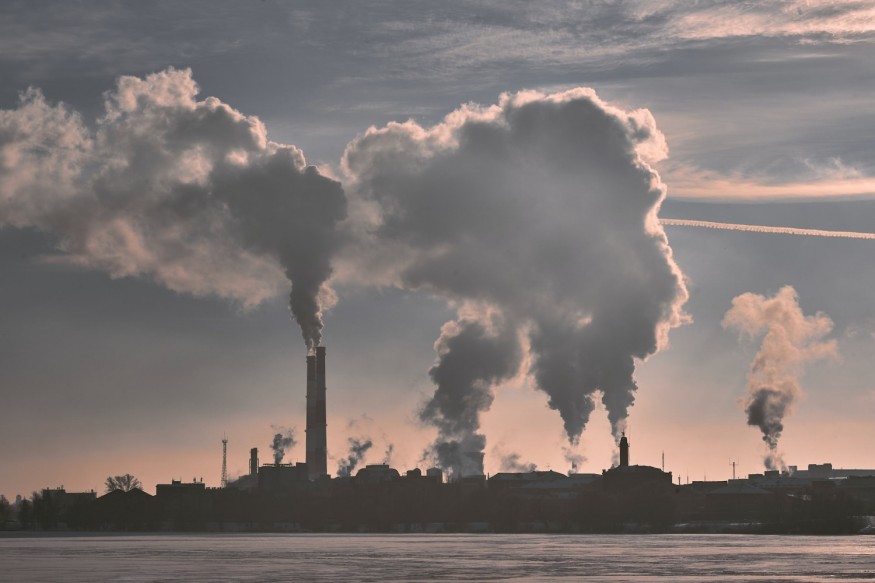Air pollution has resulted in the deaths of more than a million people in Europe in 2021, according to a recent report by the European Environment Agency (EEA).
The toxic air contains hazardous and dangerous fine particulates, also called PM2.5, as well as nitrogen dioxide and ozone. The dirty air in the continent reportedly had a level beyond those set by global health authorities.
Although the pollution did not immediately kill the victims, existing medical conditions also contributed to their deaths.
Over the past several decades, air pollution has become one of the largest public health issues and environmental threats in the world.
Health authorities estimate that millions of people die each year due to exposure to PM2.5 and other toxic gases. The immediate causes of death include ischaemic heart disease, stroke, diabetes mellitus, chronic obstructive pulmonary disease, lung cancer, and others, according to the EEA.
The most affected sites are urban areas within industrial nations.
Europe Air Pollution Deaths

Based on an EEA report on Friday, November 24, data shows that the Europe air pollution deaths involved a total of more than 500,000 individuals.
The initial fatalities included the premature deaths of 253,000 people due to fine particulate matter, while a further 52,000 deaths were due to excessive levels of nitrogen dioxide, and 22,000 deaths were from short-term exposure to high volumes of ozone.
The report states that Europe's air pollution concentrations in 2021 remained above the threshold of 5µg/m3 recommended by the World Health Organization (WHO) when it comes to its air quality guidelines.
However, the EEA pointed out that half of the deaths could have been avoided if the toxic air had only reduced to the recommended limits.
Also Read : Trash Burning Worsens Air Pollution
Global Air Pollution Crisis
Air pollution is responsible for causing an estimated 7 million premature deaths each year, with both toxic air and climate change being closely connected since all major pollutants can damage the climate and share common sources with greenhouse gases, according to the United Nations Environment Programme (UNEP).
In 2019, 99% of Earth's population was living in places which were not able to meet the WHO's 2021 air quality guideline levels.
According to UNEP, some of the following sectors below are the contributors of fine particle pollution:
- Residential
- Transport
- International shipping
- Industry
- Commercial
- Agriculture
The UN agency emphasized that residential pollution, the majority of which comes from cooking and heating using biomass, electricity generation from fossil fuels, and transport are the main anthropogenic or artificial sources of air pollution globally.
The inhalation of these air particles can damage or complicate one's health and even lead to death.
In the United States, approximately 66 million tons of air pollution were released into the atmosphere in 2022, according to the Air Quality - National Summary report of the US Environmental Protection Agency (EPA).
Moreover, the EPA considers that weather conditions also influence gas emissions and air quality.
Related Article : Watch as Asian Air Pollution Chokes the World
© 2025 NatureWorldNews.com All rights reserved. Do not reproduce without permission.





